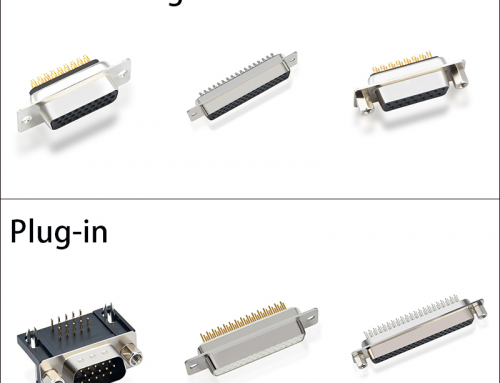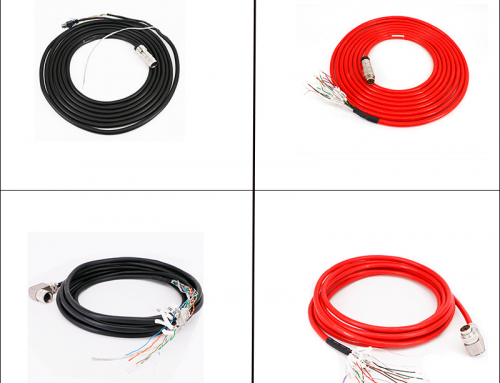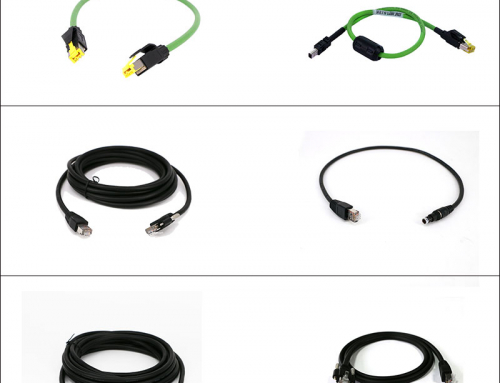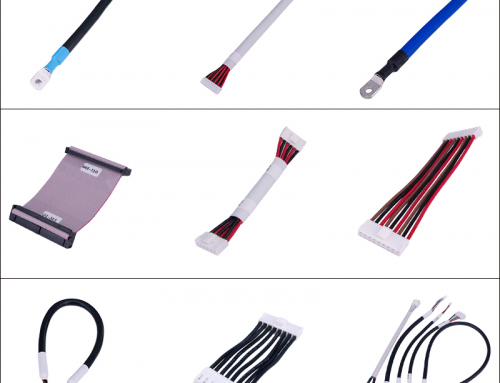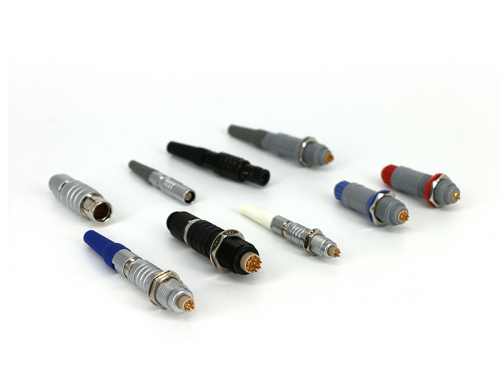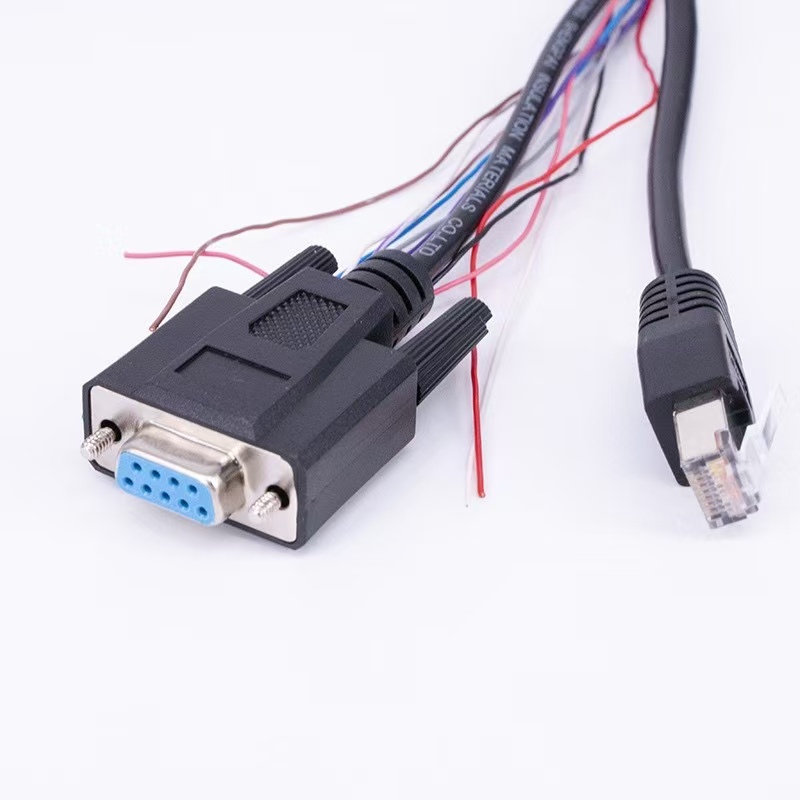 Industrial camera high-flex cable is a highly flexible and durable cable specially designed for industrial cameras. Here is a detailed introduction about it:
Industrial camera high-flex cable is a highly flexible and durable cable specially designed for industrial cameras. Here is a detailed introduction about it:
1. Conductor material:
• Tinned multi-strand ultra-fine twisted oxygen-free copper wire: This is a common conductor material with good conductivity and flexibility. The structure of twisted multi-strand fine copper wire allows the copper wires to slide relative to each other during the bending and movement of the cable, reducing the stress concentration caused by bending and not easy to break. For example, some industrial camera high-flex cables use 30 or 40 0.08mm tinned multi-strand ultra-fine twisted oxygen-free copper wires, which meet the relevant standard requirements.
2. Insulation material:
• Special nitrile PVC mixed or TPE: These insulation materials have good insulation properties and can effectively prevent problems such as current leakage and short circuit. At the same time, they also have high flexibility and wear resistance, and can withstand the friction and wear of the cable during frequent bending and movement. For example, in some places with harsh working environments, such as workshops with oil, dust, etc., cables with special nitrile PVC mixed insulation materials can maintain good performance.
• HDPE (High Density Polyethylene): This material is also commonly used for the insulation of highly flexible cables for industrial cameras. It has high density and hardness, can provide good mechanical protection, and also has good insulation performance and chemical corrosion resistance.
3. Shielding structure:
• Tinned copper wire textile shielding: By using tinned copper wire for textile shielding, the interference of external electromagnetic signals on the internal signals of the cable can be effectively reduced, ensuring the stability and accuracy of data transmission. The shielding density is usually high, such as 128/0.10TC tinned copper wire textile shielding, which can provide good shielding effect.
• Aluminum foil wrapping shielding: In some occasions where shielding requirements are higher, the cable will also use aluminum foil wrapping shielding, combined with tinned copper wire textile shielding, to form a multi-layer shielding structure, further improving the cable’s anti-interference performance.
4. Sheath material:
• Polyurethane (PUR) or TPE: These materials have excellent flexibility, wear resistance, oil resistance and chemical corrosion resistance, and can protect the internal structure of the cable from the influence of the external environment. In situations where there is frequent bending and movement, polyurethane or TPE sheaths can maintain good elasticity and wear resistance, extending the service life of the cable.
• Elastic PVC: It has certain flexibility and wear resistance, is relatively cheap, and is also a common sheath material. However, compared with polyurethane and TPE, its performance is slightly inferior.
5. Performance characteristics:
• High flexibility: This is the most prominent feature of high-flexible cables for industrial cameras. It can work under extremely small bending radius and is suitable for various complex installation environments. For example, in equipment such as robots and CNC machine tools, cables need to bend and move frequently with the movement of the equipment, and high-flexible cables can meet this demand.
• Folding and tensile resistance: After special structural design and material selection, the cable has strong folding and tensile resistance, can withstand large mechanical external forces, and is not easy to be damaged. In industrial production, the operation of the equipment may cause pulling, squeezing and other forces on the cable. Folding and tensile cables can ensure the stability of signal transmission.
• Strong anti-interference performance: The good shielding structure enables the cable to effectively resist the interference of external electromagnetic signals and ensure the quality of image and data transmission. In industrial sites, there are various electrical equipment and electromagnetic signals. Cables with strong anti-interference performance can ensure the normal operation of industrial cameras.
• Stable transmission performance: It can meet the requirements of industrial cameras for high-speed data transmission and ensure real-time transmission of images and data. For example, some high-flex cables support gigabit network transmission and can meet the transmission needs of high-definition industrial cameras.
6. Applicable scenarios:
• Industrial automation: On automated production lines, industrial cameras are used to detect product quality, size, shape and other parameters. High-flex cables can connect industrial cameras and control systems to achieve data transmission.
• Robot vision: When operating, robots need to obtain information about the surrounding environment through industrial cameras. High-flex cables can provide stable visual signal transmission for robots.
• Logistics and conveying system: Sorting, identification and other links on the logistics and conveying line require the use of industrial cameras. High-flex cables can adapt to the frequent movement and complex environment of the logistics and conveying system.
• CNC machine tools: During the processing of CNC machine tools, industrial cameras are needed to monitor and locate the workpiece in real time. High-flex cables can ensure accurate signal transmission.


